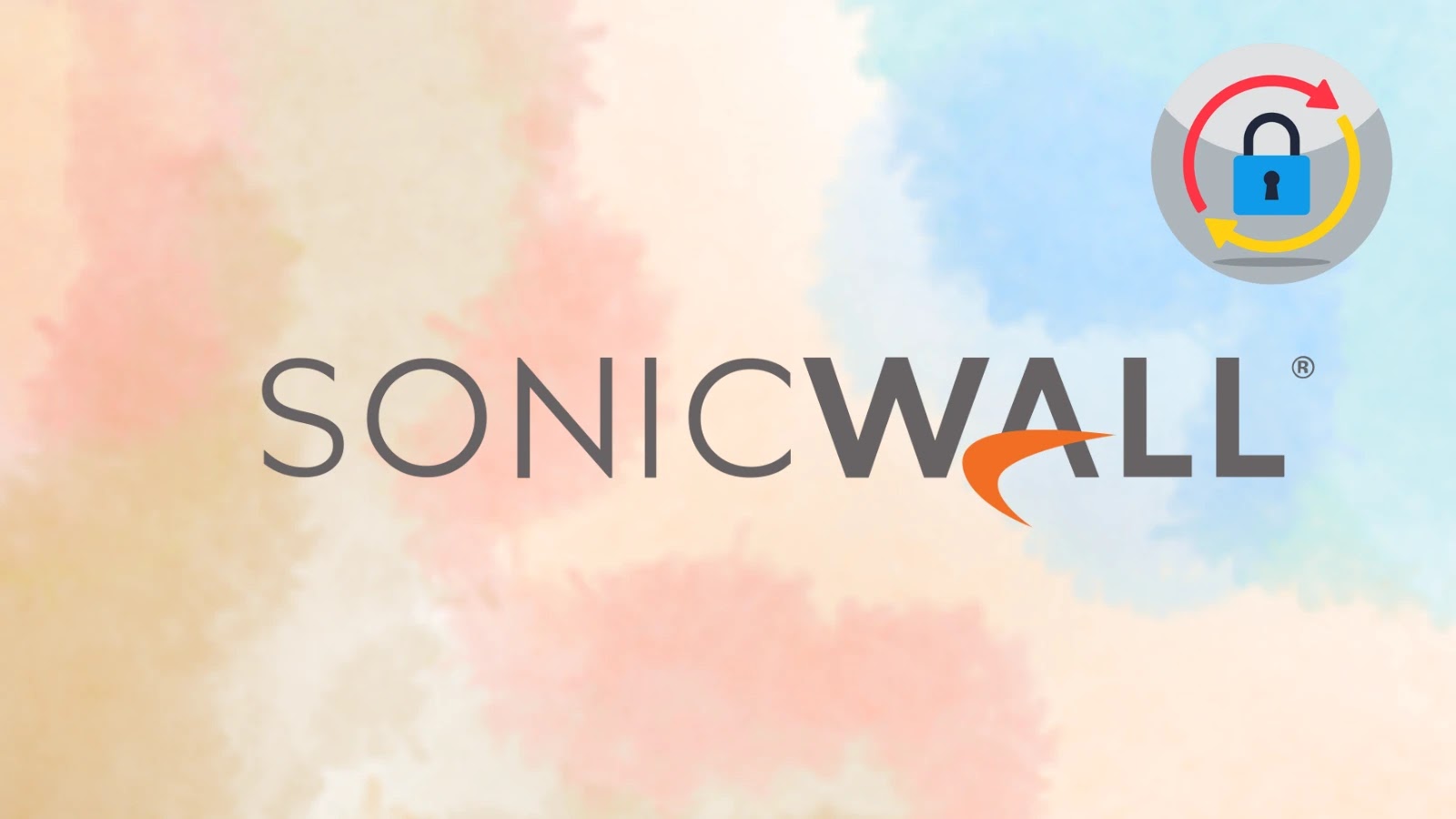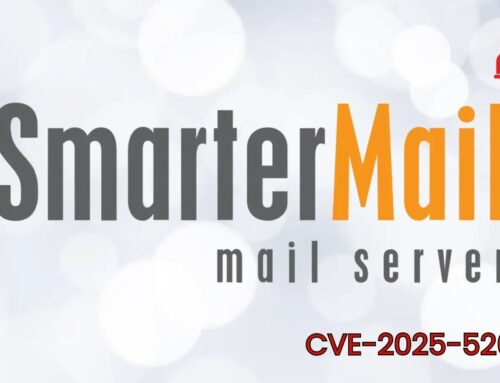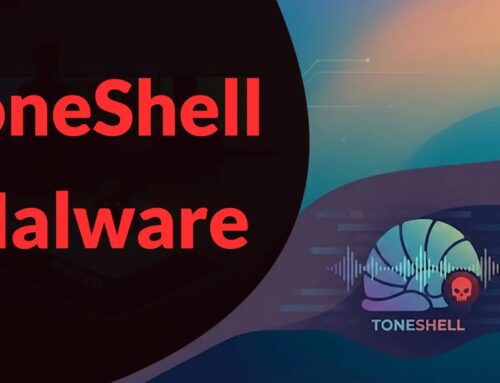
SonicWall Urges Customers to Reset Login Credentials After Configuration Backup Files Exposed
A critical alert has been issued to SonicWall users. Security researchers have uncovered that configuration backup files hosted on MySonicWall were publicly exposed, containing sensitive data that could be exploited by malicious actors. This exposure necessitates immediate action: an essential credential reset for all affected customers.
The Exposure: What Happened?
The core of the issue lies in inadvertently exposed MySonicWall configuration backup files. These weren’t mere metadata; they contained highly sensitive information crucial for network operations and security. Specifically, the compromised files held:
- Encrypted Passwords: These aren’t plain text, but with sufficient computational effort and specific decryption keys, threat actors could potentially reverse-engineer them.
- Pre-Shared Keys (PSKs): Essential for VPNs and other secure communications, PSKs, if compromised, can allow unauthorized access to network resources.
- TLS Certificates: Used for authenticating web servers and encrypting web traffic, compromised certificates could enable man-in-the-middle attacks or impersonation.
The presence of these elements in publicly accessible storage presents a significant risk. Threat actors gaining access to these files could leverage them to compromise SonicOS appliances, infiltrate networks, and escalate privileges. This incident underscores the paramount importance of securing backup data, especially when it contains cryptographic elements.
Understanding the Risk: Why These Credentials Matter
Compromised credentials are a direct gateway into an organization’s infrastructure. For SonicWall users, this means potential unauthorized access to their firewalls and security devices. The implications are severe:
- Network Intrusion: Threat actors can use decrypted credentials or PSKs to bypass perimeter defenses.
- Data Exfiltration: Once inside, attackers can access and steal sensitive organizational data.
- System Manipulation: Adversaries could reconfigure security devices, create backdoors, or disable critical security functions.
- Supply Chain Attacks: If an organization uses its SonicWall appliance to connect to partners, the compromise could extend beyond its direct network.
While the initial report does not specify a direct CVE ID for this configuration file exposure, the broader implications are consistent with vulnerabilities that lead to information disclosure or credential compromise. Organizations should treat this with the same urgency as a direct CVE related to credential leakage.
Remediation Actions: Immediate Steps for SonicWall Customers
SonicWall’s recommendation is clear and imperative: an Essential Credential Reset. Here’s a breakdown of the necessary steps:
- Reset MySonicWall Login Credentials: This is the foundational step. All users with MySonicWall accounts must change their passwords. Use strong, unique passwords and enable multi-factor authentication (MFA) if not already in use.
- Review and Rotate SonicOS Device Credentials: Every SonicOS appliance managed via MySonicWall should have its local administrative passwords rotated. This includes changing default credentials if they were never altered.
- Generate New Pre-Shared Keys (PSKs): For any VPNs or secure connections relying on PSKs, new keys must be generated and distributed securely to all endpoints. This is critical to invalidate any exposed PSKs.
- Renew TLS Certificates: All TLS certificates used by SonicOS appliances for external services or internal secure communications should be revoked and reissued. This mitigates the risk of impersonation or decryption.
- Audit Logs and Configurations: Perform a thorough review of firewall logs for any unusual activity or unauthorized access attempts following the disclosure. Also, cross-reference current configurations against known secure baselines.
- Implement Least Privilege: Ensure that all accounts and services interacting with SonicWall devices operate with the absolute minimum necessary permissions.
Proactive and swift action is the best defense against potential exploitation stemming from this exposure. Delaying these resets could leave your environment vulnerable to significant security breaches.
Protecting Your Perimeter: Beyond the Reset
This incident serves as a stark reminder of fundamental cybersecurity hygiene. Beyond the immediate credential reset, organizations should reinforce their overall security posture:
- Regular Backup Audits: Implement procedures to regularly audit where backups are stored, who has access, and whether they contain sensitive data that should be further encrypted or segmented.
- Principle of Least Privilege: Apply this principle stringently to all user accounts and service accounts accessing critical systems, including configuration management platforms.
- Robust Multi-Factor Authentication (MFA): Enforce MFA across all critical administrative interfaces, including MySonicWall and direct device access.
- Continuous Monitoring: Deploy robust security information and event management (SIEM) solutions to monitor logs from network devices, including SonicWall appliances, for anomalies.
- Security Awareness Training: Educate staff on the importance of strong passwords, phishing prevention, and the risks associated with data exposure.
Conclusion
The exposure of SonicWall configuration backup files on public storage containing encrypted passwords, pre-shared keys, and TLS certificates is a serious security incident. SonicWall’s urgent call for an Essential Credential Reset is a critical directive that all customers must heed immediately. By taking swift remediation actions — resetting credentials, rotating keys, renewing certificates, and auditing systems — organizations can significantly mitigate the risk of exploitation. This event reinforces the continuous need for vigilant cybersecurity practices, secure backup management, and robust credential hygiene to safeguard critical network infrastructure.





